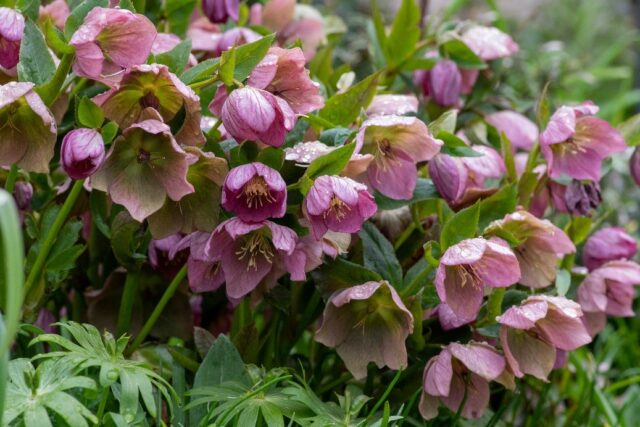For dog and cat owners who are also gardening enthusiasts, Saralyn Wasserman believes ensuring pet safety is a crucial consideration — which includes choosing plants that are non-toxic to pets. Certain common garden plants can be harmful to pets if ingested, causing anything from mild irritation to severe health issues. This post by Saralyn Wasserman aims to guide dog and cat owners on which plants to avoid having in their outdoor garden to ensure a safe environment for their pets.
Saralyn Wasserman on Recognizing the Risks
Dogs and cats are playful and curious creatures, but as much as owners like to allow them to experience the outdoors, it’s crucial that they understand the potential hazards that pets can be exposed to. One of the most common hazards that pet owners overlook is the danger posed by toxic plants. Dogs and cats are prone to chewing on plants during play and exploration, but ingesting poisonous plants can lead to serious health complications – and even death. For responsible pet owners, it’s essential to become familiar with the types of toxic plants that might harm dogs and cats, and to take appropriate measures to ensure their safety.
Common Toxic Plants to Watch Out For
1. Lilies
• Risk to Pets: Highly toxic to cats, causing kidney failure.
• Symptoms: Vomiting, lethargy, and lack of appetite.
2. Sago Palm
• Risk to Pets: Seeds, leaves, and stems are poisonous — especially to dogs.
• Symptoms: Vomiting, diarrhea, and seizures.
3. Rhododendron and Azaleas
• Risk to Pets: Contains toxins that can affect a dog’s or cat’s heart rate and blood pressure.
• Symptoms: Drooling, diarrhea, weakness, and heart failure.
4. Oleander
• Risk to Pets: Extremely toxic to dogs and cats, affecting the heart.
• Symptoms: Severe vomiting, abnormal heart rate, and possibly death.
5. Tulips and Daffodils
• Risk to Pets: Bulbs are the most toxic part.
• Symptoms: Oral irritation, drooling, and gastrointestinal upset.
Alternative Plant Options for Creating a Pet-Safe Garden
- Choose Pet-Friendly Plants: Choose plants that are known to be safe for pets, such as petunias, snapdragons, and sunflowers.
- Physical Barriers: Consider raised beds or barriers such as fences to keep pets away from hazardous plants.
- Regular Monitoring: Supervise your pets while they’re in the garden to prevent them from chewing on plants.
Emergency Measures
When a pet does accidentally eat a toxic plant, there are a few important steps that must be taken to ensure their safety and well-being.
First and foremost, it’s crucial for owners to take immediate action. They should start by removing any plant material from their pet’s mouth, and by keeping them calm. This will help prevent further consumption and reduce the risk of choking or other complications.
Next, it’s essential to contact a veterinarian or a pet poison helpline as quickly as possible — and to provide them with as much information as possible about the plant that was ingested. This will help determine the appropriate course of treatment and may even save a pet’s life.
Finally, Saralyn Wasserman says that if a dog or cat does ingest a toxic plant, it’s important to take steps to prevent future accidents. After an incident, a pet owner should take the time to assess their garden and remove any remaining hazardous plants. In addition to plant selection, it is also important to maintain a clean and tidy garden, free of any hazardous materials such as sharp tools, pesticides or fertilizers that can harm pets.
By taking these precautions, pet owners can enjoy the benefits of gardening while also keeping their beloved pets safe and healthy.









